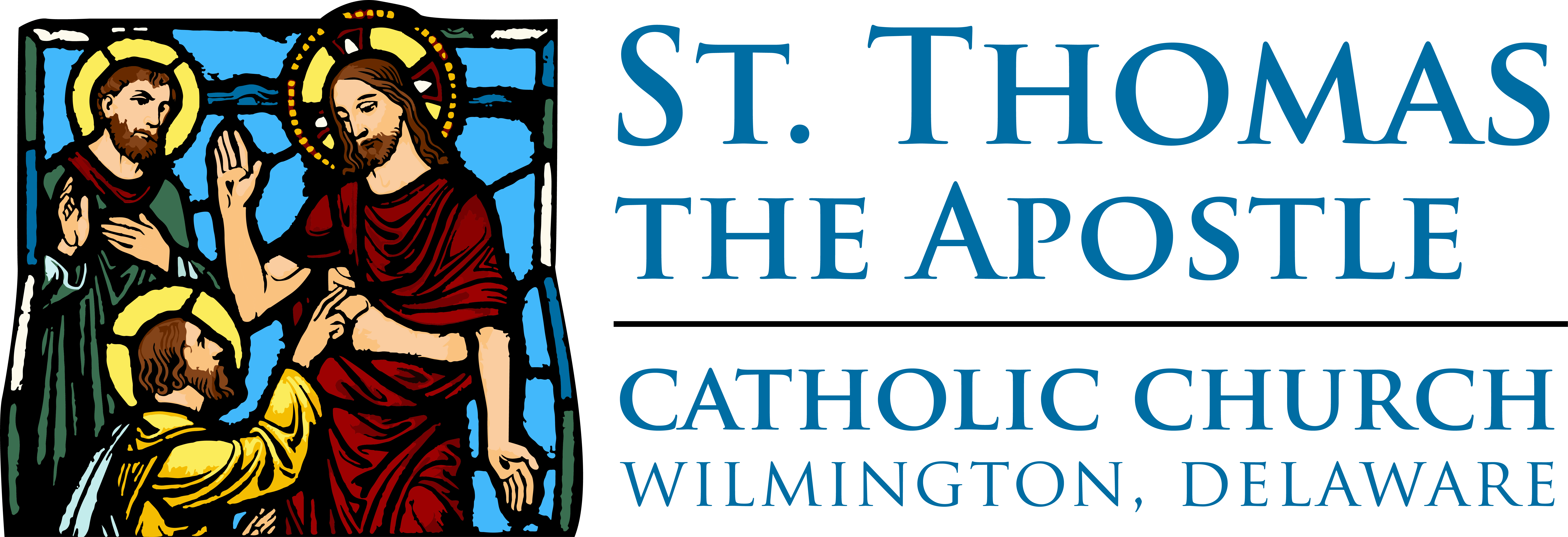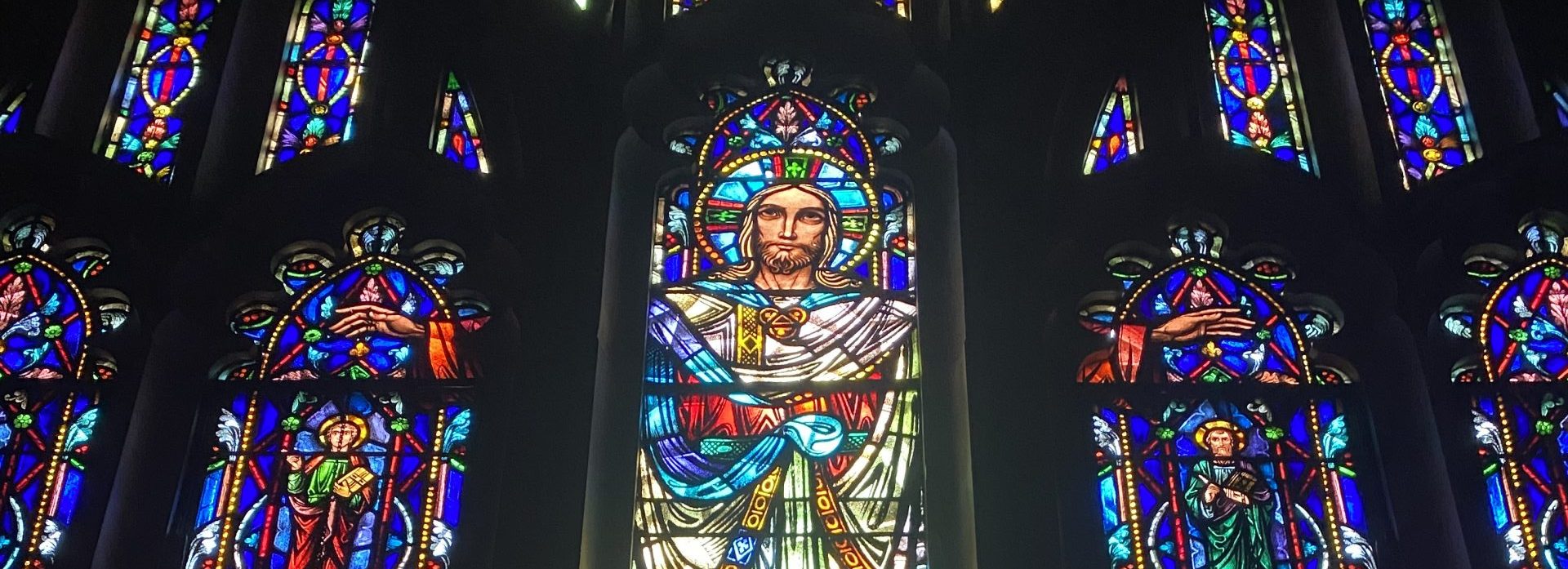
Catholics believe that at death “Life is changed, not ended.” Death is a passage to a new and fuller life, and ultimately to resurrection and eternal union with God.
“If the spirit of God, who raised Jesus from death, lives in you, then he who raised Christ from death will also give life to your mortal bodies by the presence of his spirit in you.” Romans 8:11
Although death brings a deep sense of sadness and loss, faith provides solace and strength. It is a time when we encounter the things of God and our belief in Him in a new way. It is a time for us to support and console one another–especially in our belief in the gift of eternal life. So, when as Christians we encounter death, we are drawn to prayer–to pray for those who have died and to pray for those who have experienced the loss of a loved one.
The Church emphasizes life in the funeral liturgy referred to as the Mass of Christian burial. The resurrection is the theme and the readings, hymns, and prayers reflect the overall tone of expectant joy.
The Rite of Christian Burial
When a member of the faithful has died the Church identifies three stations, or time periods, for the celebration of the rite of Christian burial:
I. The Vigil Service
The Vigil for the deceased, commonly known as the Wake, is the initial rite celebrated by the Christian community at the time following death and before the funeral liturgy and the rite of committal.
The Vigil usually takes place in a funeral home.
The celebration of the Vigil is the time for the Christian community to offer both prayer and consolation to the members of the bereaved family; to read and reflect on the Word of God; to call upon our God of Mercy through intercessory prayer; and to provide an opportunity for family and friends to recall the memory of their loved one. Other prayers, such as the Rosary, are also encouraged since they help us to reflect upon the Paschal Mystery and so lead us to a greater sense of hope at this time of grief.
II. The Mass of Christian Burial
For Catholics, the celebration of the Mass is both the source and the summit of our faith. Hence, when we celebrate the Mass at the time of death it is seen as the fullest expression of our faith in God’s abundant mercy, our hope in the resurrection of the dead, and the love that God has for us, which is not extinguished even by death.
As an expression of our faith in Jesus Christ, we actively participate in the Funeral Mass. Family members may choose the Scripture reading for the Mass, cover the casket with the pall, place Christian symbols on the casket (crucifix, bible), present the bread and wine at the preparation rite, and help select hymns for the community to sing.
Members of the parish community also participate in the funeral liturgy and join with the bereaved family in the celebration of the funeral rites by proclaiming the Word, leading the faithful in song, serving at the altar and if needed, helping with the distribution of communion.
A priest or deacon preaches at the Funeral Mass. By preaching on Jesus Christ, who conquered death by His victory on the cross, our faith offers consolation to the family in their loss and challenges the community to live more faithful lives.
A eulogy differs from a homily and consists of a reflection on the life of the deceased and how this person touched the lives of others. Sharing memories with Christian charity, good discretion, and warm humor are appropriate elements for a eulogy. Eulogies are encouraged to be shared at the Vigil. However, if the parish priest agrees, a family member or friend may share one brief written eulogy not more than five minutes prior to the start of the Mass.
III. The Rite of Committal
The Rite of Committal is celebrated at the place of burial. In the committal of the body to its place of rest, we express our hope that the deceased will experience the glory of the resurrection. The committal must always be celebrated immediately following the funeral, unless a good pastoral reason dictates otherwise, such as travel to a distant cemetery. In the case of cremation, the cremated remains of the deceased must always be immediately interred in a consecrated burial site.

